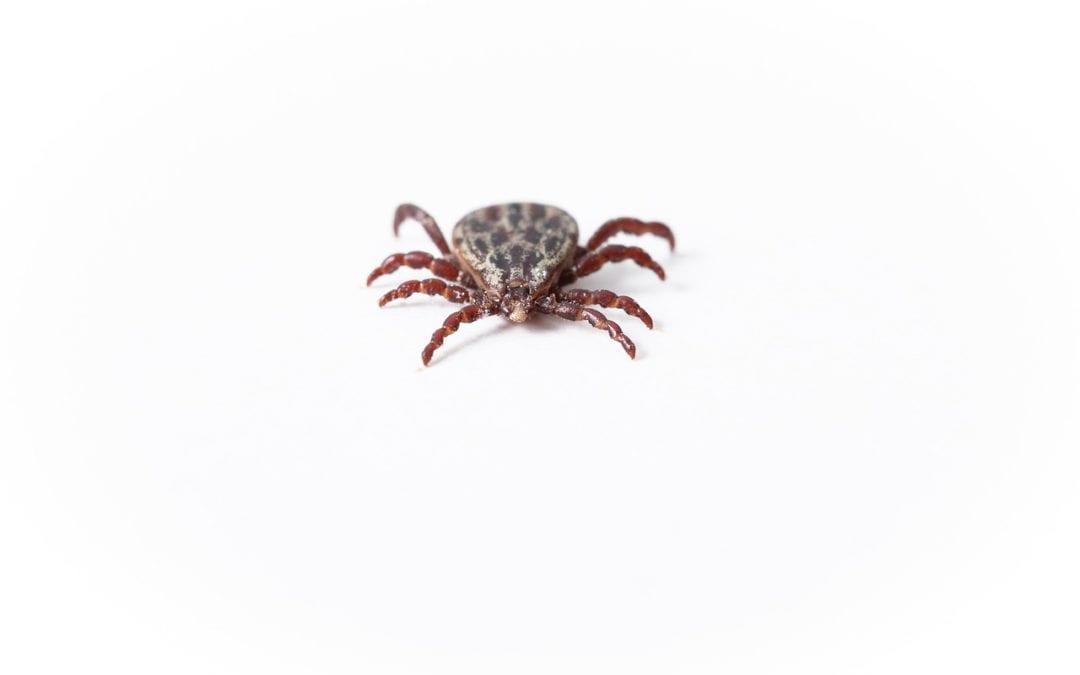We’re here to keep your pet protected from illness, and prepare you for when the weird stuff happens in your pet’s life!
We want your pet to have a long, healthy life. For that to be possible, it’s important to take their health seriously and work closely with our staff. This is essential for all stages of your pet’s life, from their early years through the golden senior years. Just know, the Animal Medical Center of Wyoming team will be there every step of the way.
Annual visits, booster vaccinations, and other preventive care allow us to watch your pet’s health progress over time, so we’re ahead of the curve is something develops at any stage of their life.
But what can you do if you find a tick on your pet? We have some tips to help you during those weird moments!
Step #1: Prepare and gather supplies
To properly remove a tick, you’ll need tweezers, rubbing alcohol, gloves, an empty jar with a lid, and antiseptic wipes or spray.
Step #2: Distract your pet
If possible, ask a friend or family member to hold your pet still and to help keep him calm. You can keep your pet occupied by breaking treats into small pieces and slowly giving them to him, or you can give him a long-lasting treat, like a cup of frozen peanut butter.
Step #3: Remove the tick
With your gloves on, use your tweezers to grab the tick as close to your pet’s skin as possible, pulling the tick out with steady pressure and a straight motion. Try not to pull too quickly or twist, because the tick’s head or pieces of its mouth could be left under your pet’s skin. Because the tick will likely be full of blood, try not to squeeze or crush it.
Step #4: Take a close look at the tick
Ensure the tick’s entire head is intact and that no parts have been left under your pet’s skin. If the tick’s head or parts of its mouth seem to be missing, call us so we can remove the rest of it.
Step #5: Kill the tick
Kill the tick by dropping it in your jar with some rubbing alcohol and putting the lid on the jar. Keep the tick in the jar in case your pet begins to show signs of illness. Identification of the tick will make diagnosing your pet’s tick disease easier.
Step #6: Clean the bite site
Use your antiseptic spray or wipes to clean the area. Be sure to watch for signs of infection, including increased redness or swelling, for several days. If you suspect the site is infected, call us.
Is your pet protected from ticks and the diseases they carry? If not, please call us right away!


